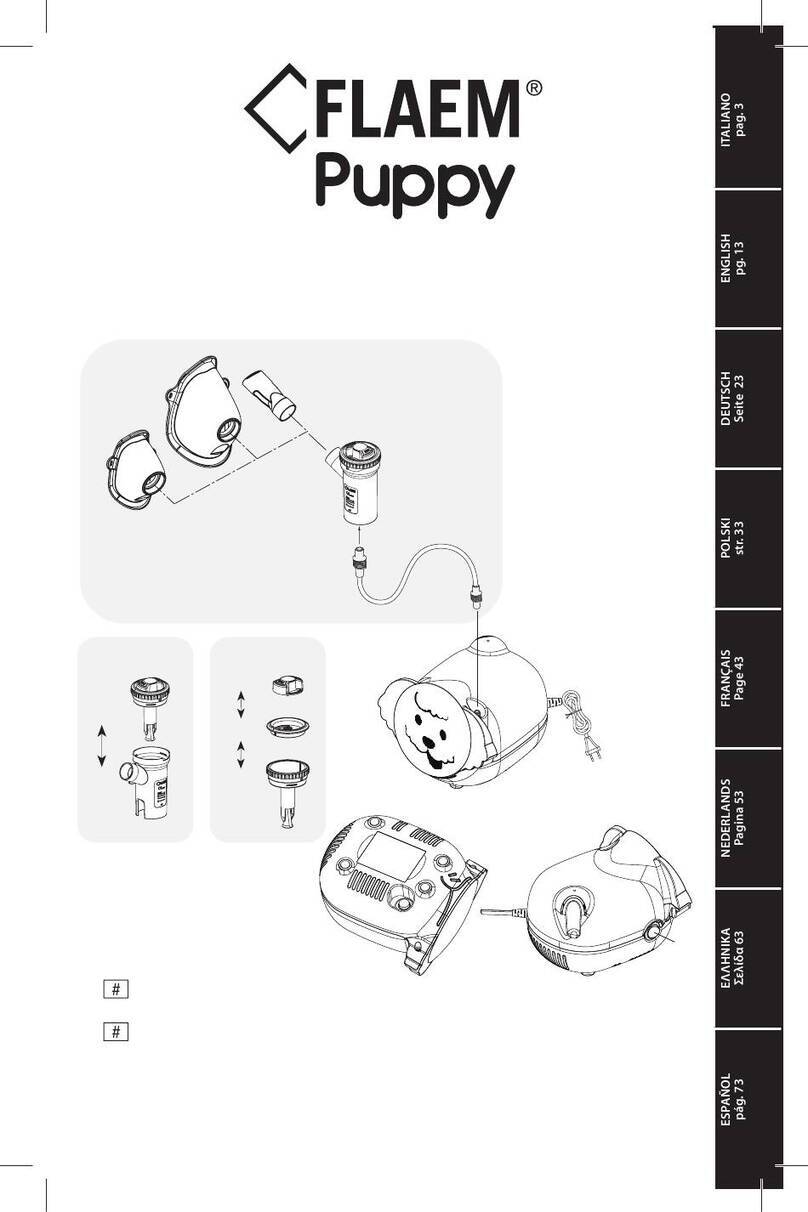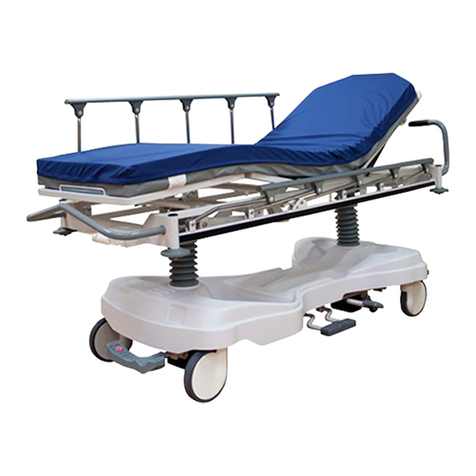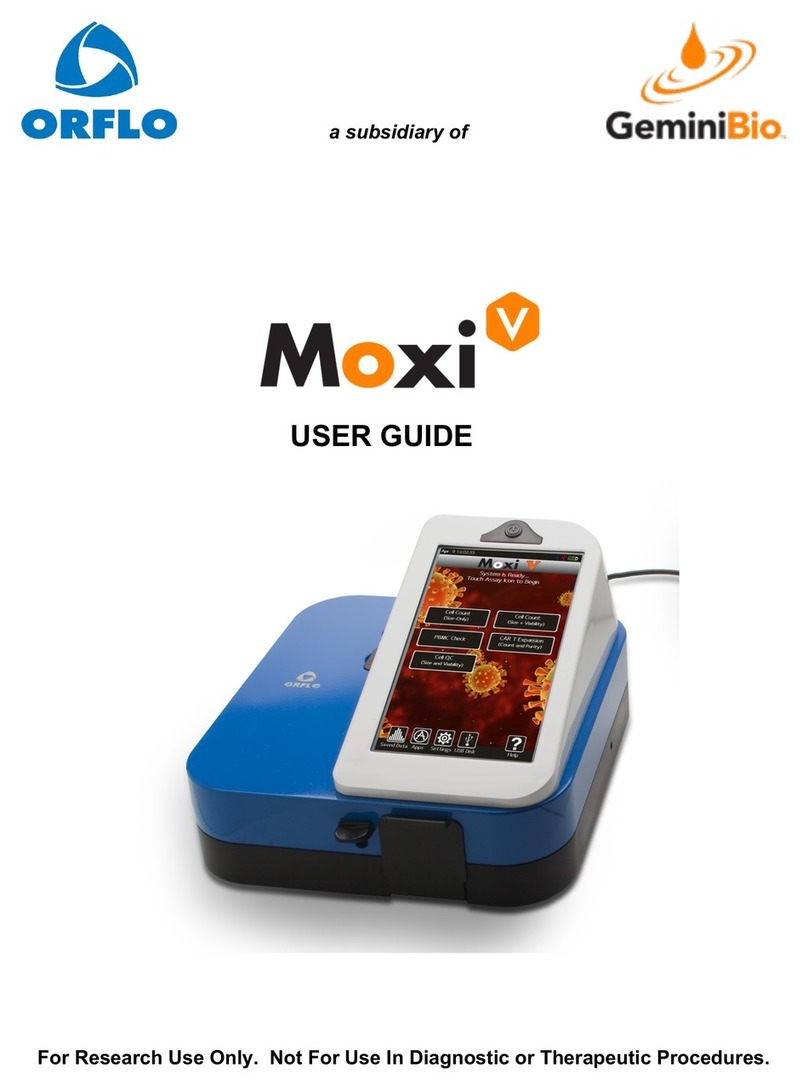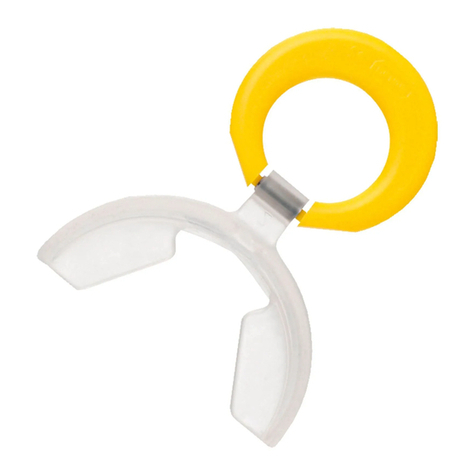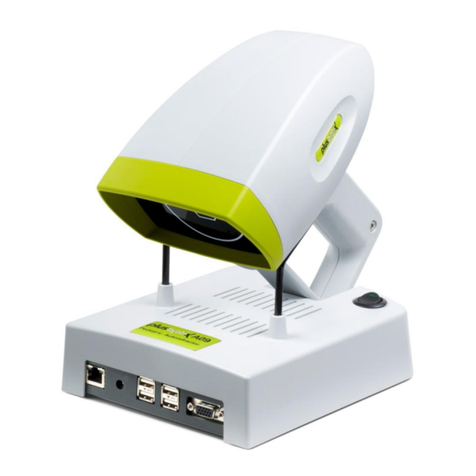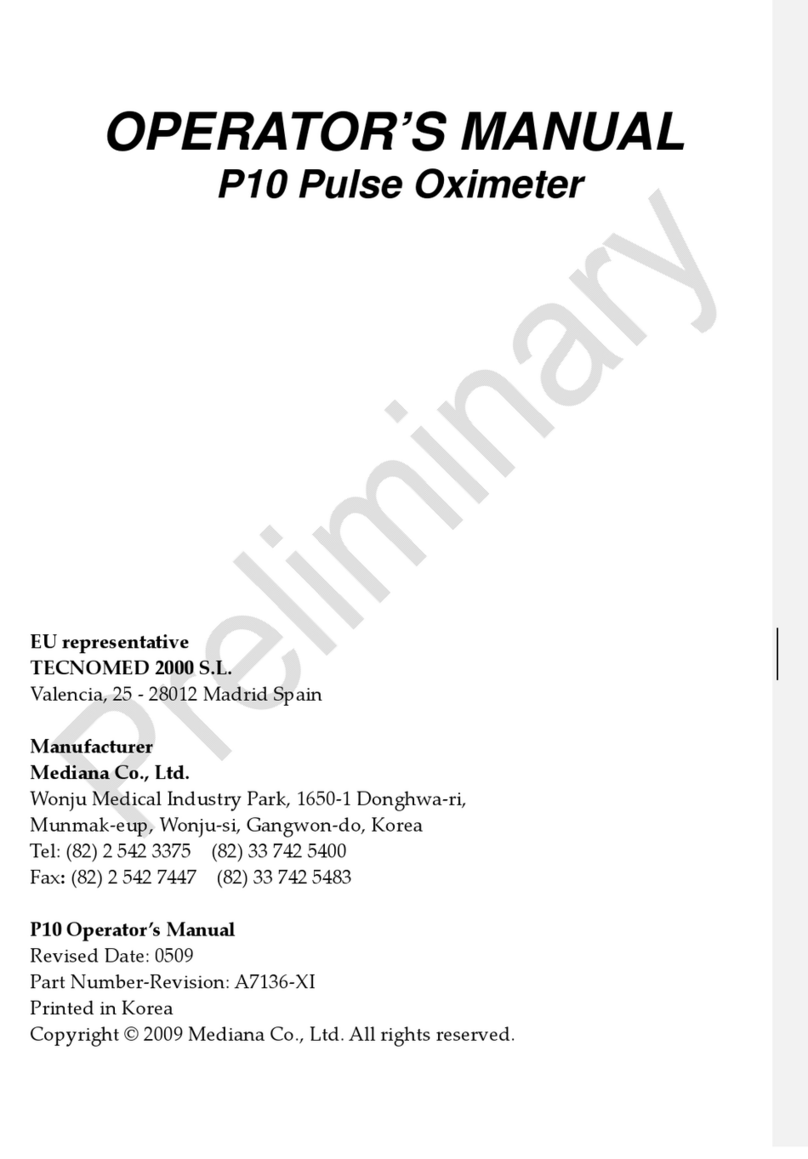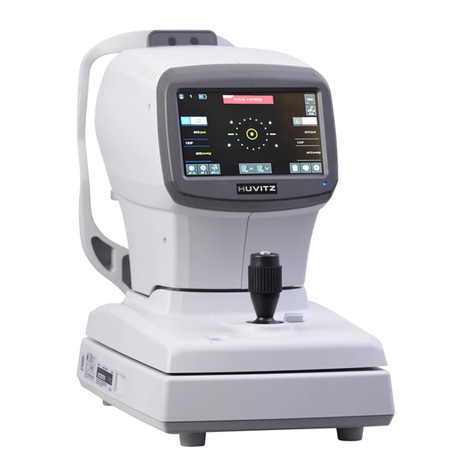Preventice Solutions BodyGuardian MINI PLUS User manual




















Other manuals for BodyGuardian MINI PLUS
1
Table of contents
Other Preventice Solutions Medical Equipment manuals
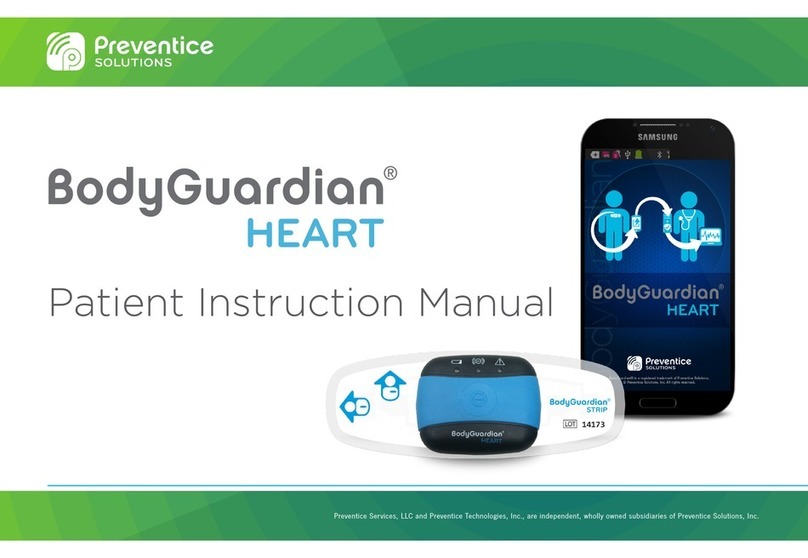
Preventice Solutions
Preventice Solutions BodyGuardian Heart User manual

Preventice Solutions
Preventice Solutions BodyGuardian Heart User manual

Preventice Solutions
Preventice Solutions BodyGuardian MINI User manual
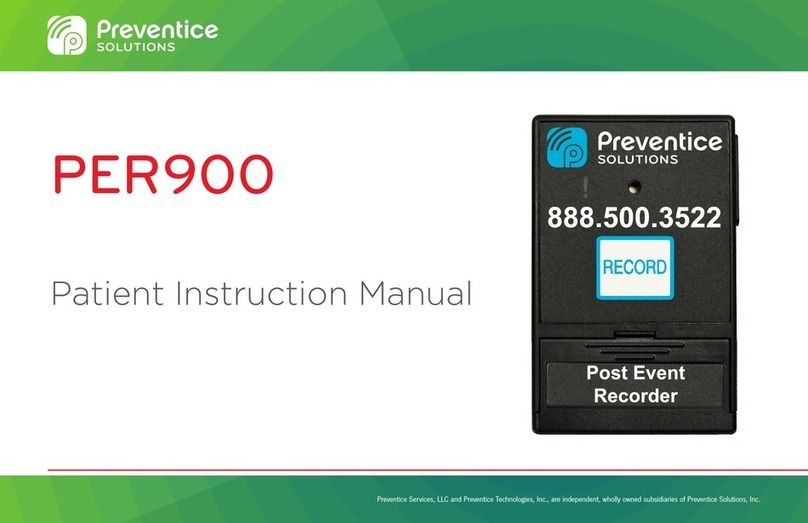
Preventice Solutions
Preventice Solutions PER900 User manual
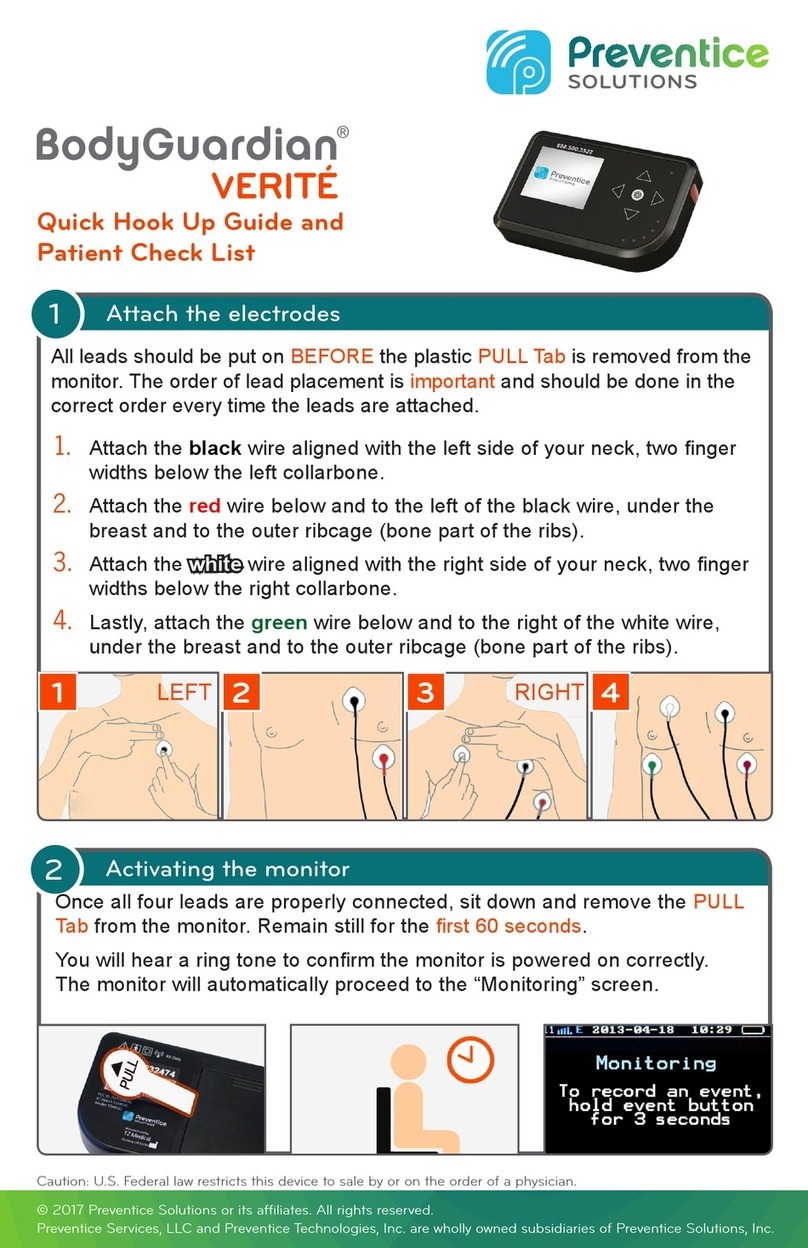
Preventice Solutions
Preventice Solutions BodyGuardian Verité User manual
Popular Medical Equipment manuals by other brands

natus
natus Dantec Keypoint Hardware Instructions for Use
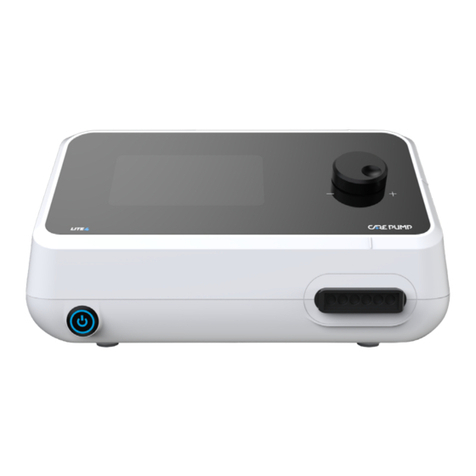
Care Pump
Care Pump LITE4 user manual

Air Liquide
Air Liquide TAKEO2 user guide
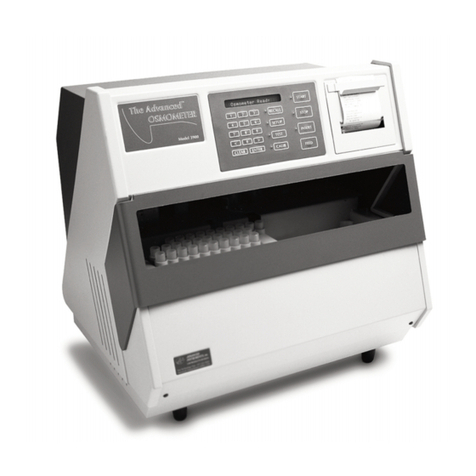
Advanced Instruments
Advanced Instruments 3900 Service manual
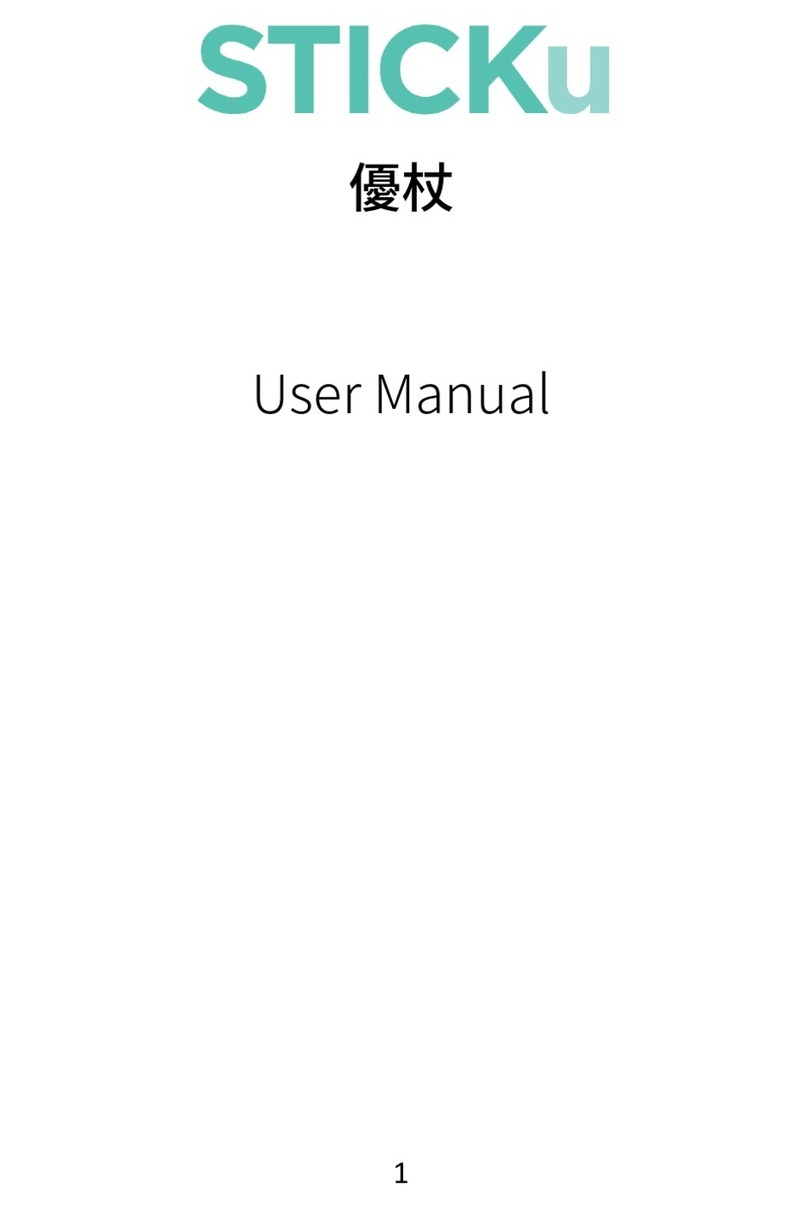
BNET-TECH
BNET-TECH STICKu user manual
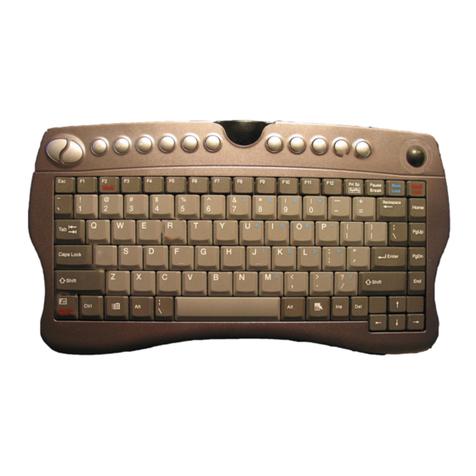
Motion Computing
Motion Computing Wireless Mobile Keyboard installation guide


